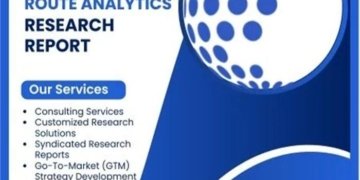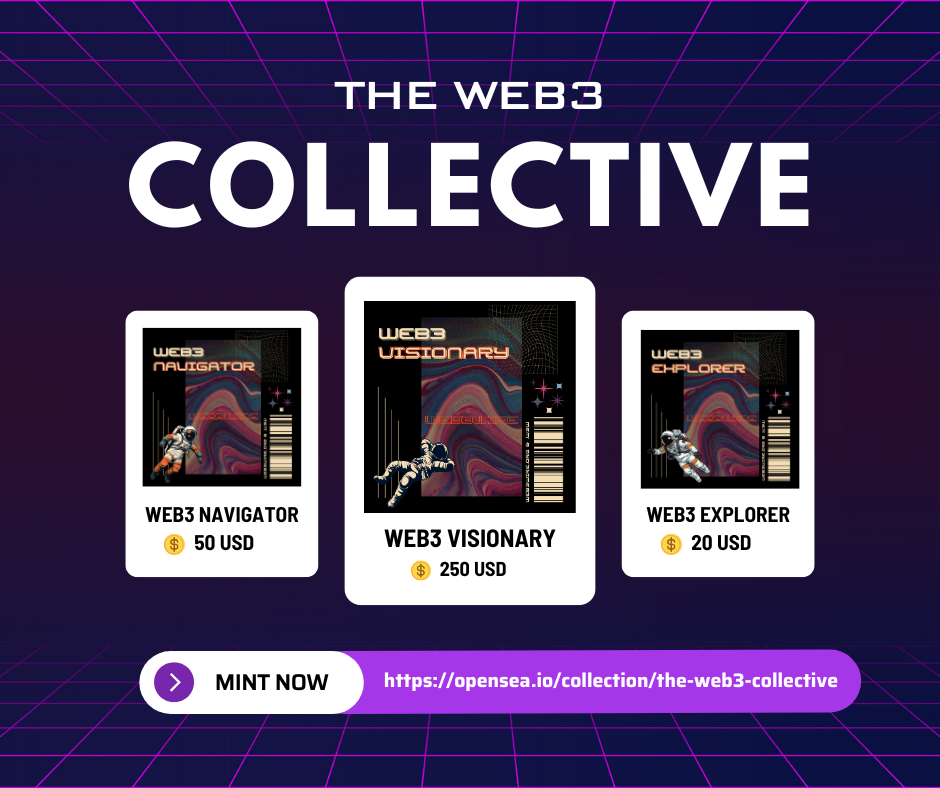Overview of the Spatial Computing Market
The global spatial computing market is witnessing transformative growth, with its size projected to reach US$ 102.8 billion in 2025 and soar to US$ 447.9 billion by 2032, expanding at a CAGR of 23.4% during the forecast period. Spatial computing-an advanced integration of augmented reality (AR), virtual reality (VR), mixed reality (MR), and IoT-driven technologies-is redefining human-computer interaction by merging digital content seamlessly with physical environments. This convergence empowers industries with immersive experiences, improved visualization, and enhanced operational efficiency.
The primary growth drivers behind this market include increasing adoption in gaming, healthcare, and architecture, engineering, and construction (AEC) sectors, along with rapid technological advancements in AI-powered interfaces and wearable hardware. Among the major segments, AR and MR technologies dominate due to their versatile applications in real-time data visualization and collaboration. North America leads the global market owing to its robust digital infrastructure, high adoption of immersive technologies, and strong presence of tech giants like Apple, Microsoft, and Meta that are heavily investing in spatial computing ecosystems.
Elevate your business strategy with comprehensive market data. Request a sample report now: https://www.persistencemarketresearch.com/samples/32998
Key Highlights from the Report
The global spatial computing market is projected to grow at a CAGR of 23.4% between 2025 and 2032.
North America dominates the market, driven by early technology adoption and strong industry investments.
The augmented reality (AR) segment holds the largest market share due to its wide industrial applications.
Rising demand for immersive experiences in gaming and retail boosts market expansion.
Growing integration of AI and IoT accelerates the use of spatial computing across smart cities and factories.
Increasing adoption in healthcare and education enhances training and simulation capabilities.
Market Segmentation
The spatial computing market is segmented by product type, encompassing augmented reality, virtual reality, and mixed reality solutions. AR systems dominate the segment, primarily driven by their integration into smartphones and smart glasses for consumer and enterprise use. VR solutions are extensively utilized in simulation-based industries like gaming, military training, and automotive design, while MR technology bridges the physical and digital worlds, gaining traction in collaborative design and healthcare visualization.
By end-user, the market serves a diverse range of industries, including gaming, healthcare, manufacturing, real estate, automotive, education, and retail. The gaming and entertainment sector leads adoption due to its pioneering role in immersive user experiences. Meanwhile, healthcare and AEC sectors are emerging as high-growth verticals, leveraging spatial computing for remote surgeries, architectural visualization, and virtual prototyping. As companies embrace Industry 4.0, spatial computing enables enhanced productivity through advanced simulation, real-time monitoring, and digital twin integration.
Regional Insights
North America remains the frontrunner in the spatial computing market, fueled by strong R&D investment, a thriving startup ecosystem, and government support for AR/VR innovation. The U.S. leads in adoption across defense, retail, and healthcare, with major technology players developing cutting-edge spatial platforms that bridge AI, IoT, and cloud computing.
Meanwhile, the Asia-Pacific region is anticipated to experience the fastest growth during the forecast period. Countries like China, Japan, and South Korea are investing heavily in AR/VR-enabled manufacturing and education sectors. The region’s booming gaming culture, coupled with smart city projects, is accelerating spatial computing integration, especially across industrial automation and public infrastructure.
Read More: https://www.persistencemarketresearch.com/market-research/spatial-computing-market.asp
Market Drivers
The rapid rise in immersive technology demand is the foremost driver of the spatial computing market. Industries are increasingly turning to AR, VR, and MR to enhance visualization, training, and decision-making. Spatial computing also facilitates more interactive customer experiences in retail and entertainment, enabling businesses to bridge the digital-physical divide effectively.
Another key driver is the integration of artificial intelligence and IoT, which enhances real-time spatial awareness and data processing. AI-powered spatial computing systems are improving robotics navigation, autonomous driving, and smart infrastructure design. Additionally, increased investments in smart cities and industrial automation are opening new avenues for spatial data applications.
Market Restraints
Despite promising growth, the market faces challenges related to high implementation costs and hardware limitations. The development of AR/VR/MR devices requires substantial capital investment, restricting adoption among small and medium-sized enterprises. Moreover, spatial computing systems demand high computing power, robust connectivity, and skilled professionals, creating entry barriers in emerging economies.
Privacy and data security concerns also act as restraints, as spatial computing relies heavily on sensors and cameras that collect vast amounts of environmental and personal data. The lack of standardization in spatial data frameworks and interoperability across devices further complicates seamless integration.
Market Opportunities
The global spatial computing market presents immense opportunities through expanding applications across industrial, healthcare, and education sectors. The increasing popularity of digital twins in manufacturing and smart city planning opens new possibilities for predictive maintenance, energy management, and operational efficiency.
The rise of wearable AR/VR devices, along with 5G connectivity, will significantly enhance immersive experiences and scalability. Additionally, governments and enterprises worldwide are investing in metaverse infrastructure, where spatial computing forms the backbone of interaction, simulation, and collaboration. Startups entering this domain have vast potential to disrupt traditional workflows through innovative visualization and real-time spatial analytics.
Reasons to Buy the Report
✔ Gain a comprehensive understanding of the spatial computing market trends, growth drivers, and future outlook.
✔ Identify key opportunities across industries leveraging AR, VR, and MR technologies.
✔ Understand competitive strategies adopted by leading players to sustain growth.
✔ Access detailed segmentation and regional insights for better investment decisions.
✔ Stay updated on emerging technological advancements shaping the spatial computing ecosystem.
Do You Have Any Query Or Specific Requirement? Request Customization of Report: https://www.persistencemarketresearch.com/request-customization/32998
Company Insights
The global spatial computing market is moderately consolidated, with several key players actively expanding their technology portfolios to capture market share. Leading companies include:
Apple Inc.
Microsoft Corporation
Google LLC (Alphabet Inc.)
Meta Platforms, Inc.
NVIDIA Corporation
PTC Inc.
Magic Leap, Inc.
Unity Technologies
Snap Inc.
Qualcomm Technologies, Inc.
Recent Developments:
In June 2024, Apple launched its Vision Pro mixed-reality headset, marking a major leap in consumer spatial computing and immersive experiences.
In April 2024, Microsoft expanded its HoloLens 2 capabilities by integrating AI-driven spatial mapping tools for industrial collaboration and training applications.
Frequently Asked Questions (FAQs)
#1. How Big is the Spatial Computing Market?
#2. Who are the Key Players in the Global Market for Spatial Computing?
#3. What is the Projected Growth Rate of the Spatial Computing Market?
#4. What is the Market Forecast for Spatial Computing through 2032?
#5. Which Region is Estimated to Dominate the Industry through the Forecast Period?
Conclusion
The spatial computing market represents the next frontier of digital transformation, merging the real and virtual worlds to enable immersive experiences and efficient decision-making. As industries transition toward intelligent automation and interconnected ecosystems, spatial computing is becoming indispensable across manufacturing, healthcare, retail, and urban infrastructure. With continuous innovation from global tech giants and growing investments in AR/VR infrastructure, the market is poised to redefine how humans perceive, interact, and innovate within their environments.
Related Reports:
Polymer Tantalum Capacitors Market Size https://www.persistencemarketresearch.com/market-research/polymer-tantalum-capacitors-market.asp
Phishing Protection Market Size https://www.persistencemarketresearch.com/market-research/phishing-protection-market.asp
In-Flight Wi-Fi Services Market Size https://www.persistencemarketresearch.com/market-research/in-flight-wi-fi-services-market.asp
Contact Us:
Persistence Market Research
Second Floor, 150 Fleet Street,
London, EC4A 2DQ, United Kingdom
USA Phone: +1 646-878-6329
UK Phone: +44 203-837-5656
Email: sales@persistencemarketresearch.com
Web: https://www.persistencemarketresearch.com
About Persistence Market Research:
At Persistence Market Research, we specialize in creating research studies that serve as strategic tools for driving business growth. Established as a proprietary firm in 2012, we have evolved into a registered company in England and Wales in 2023 under the name Persistence Research & Consultancy Services Ltd. With a solid foundation, we have completed over 3600 custom and syndicate market research projects, and delivered more than 2700 projects for other leading market research companies’ clients.
Our approach combines traditional market research methods with modern tools to offer comprehensive research solutions. With a decade of experience, we pride ourselves on deriving actionable insights from data to help businesses stay ahead of the competition. Our client base spans multinational corporations, leading consulting firms, investment funds, and government departments. A significant portion of our sales comes from repeat clients, a testament to the value and trust we’ve built over the years.
This release was published on openPR.













